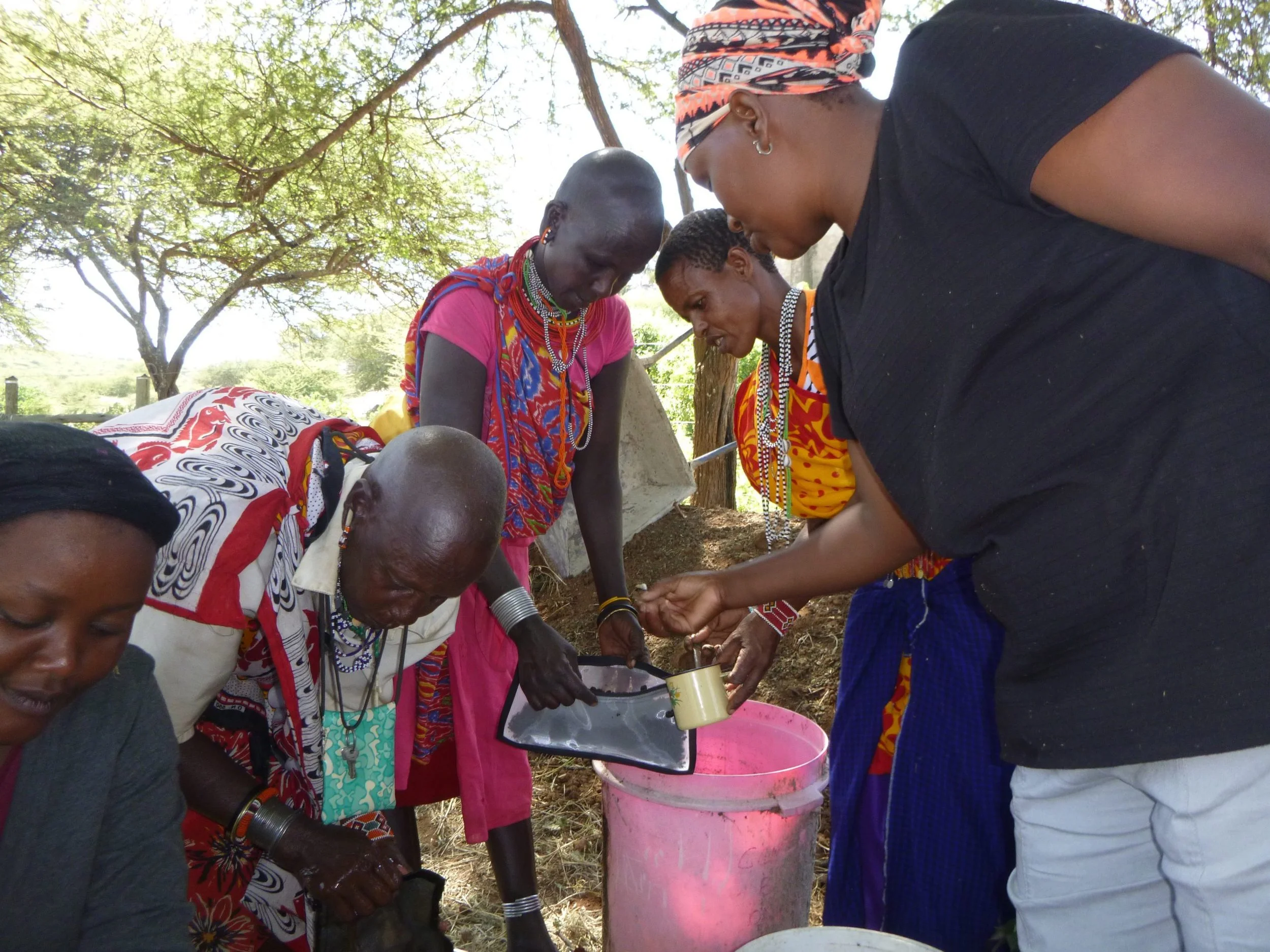Putting Goethean Ideas to Work
Reflections from a Course Participant
Matthew Slaughter
From In Context #50 (Fall, 2023)
Matthew Slaughter is the founder, president, and laboratory director of Earthfort, LLC, a company based in Corvallis, Oregon, that helps farmers worldwide rebuild and protect the vitality of their soils with natural, holistic practices and products. Matt works directly with growers as a consultant and educator. He came to The Nature Institute in 2022, as a participant in our 15-month Foundation Program in Goethean Science to deepen his holistic understanding and teaching. Here he reflects on how our program has impacted his work.
As a result of my Foundation Program studies at The Nature Institute, I have begun actively changing how I conduct my business. The greatest change is in how I facilitate my workshops. Instead of explaining concepts — as I used to do — now I take clients on a walk through a natural area and discuss what we are seeing and ask them questions. Afterwards we talk about what they have observed, paying attention to details. I listen carefully to what farmers are seeing and their explanations for things. I also integrate more sensory learning where we touch, smell, and look at soils directly.
Masai women farmers from Kenya learning to make compost from local materials and liquify it into a soil amendment for their crops. The bag they are holding was specially created by Earthfort for the process. IMAGE CREDIT: Peter Ash
Much of this has to do with the basic idea that there are many perspectives. So, for example, when a client comes to us about an issue with their soil, we do not immediately assume that something is “wrong.” Rather we seek out various aspects of past practices, and what was used in the system that could have contributed to the situation. Working together, we then determine the best course of action. So rather than assign a “problem,” we simply move towards a solution which is based on observable factors and the desired outcome. Sometimes the situation demands an action that on the surface seems “wrong,” but the need is such that it turns out to be “right.” For example, in vineyards there is a disease called “bunch rot” that is caused by a fungus that infects the newly forming grapes; if untreated, it will kill the grapes later in the season. Though our preferred approach is to only treat diseases in a curative fashion, in this case we must act preventatively.
The biggest area of growth for my business is in partnerships. I see this now as a “holistic” practice of working with others, forming opinions, activities, and directives collaboratively. It requires thinking outside of my own needs and those of the business to incorporate the needs of other related entities, the community, the environment, etc. I also must keep in mind the well being of all the stakeholders: clients, partners, vendors, employees, and families involved. Earthfort operates with a triple-bottom line business model that integrates profit, people, and environment when making decisions. This also impacts how we approach the kinds of products we make and sell, as well as the services we offer. For me it is important to look at all the elements and potential impacts of a project; if they are not beneficial to the whole, then I choose not to do them. Operating this way has helped Earthfort grow a lot, even during the pandemic, where the focus shifted to relationship-based business practices instead of “just selling stuff.”
Through my experiences at The Nature Institute, I have also begun to implement more hands-on methods, from workshops that focus on direct experience (instead of lectures) to field testing and observation. There’s much less emphasis on lab work, more on field work. The big advantage to this is the opportunity to engage farmers in their fields, learn from them, and then combine this with local experiments and lab testing to create a greater understanding of the farmer, the farm, and how both relate to the local ecology.
My new work in Kenya is all about observing phenomena — a practice well developed at the institute. We created a demonstration farm in Kisumu County that compared “materialistic” (conventional chemical) farming to “living” (biological/natural) farming. The results were profound, as revealed in the crop image below. The more robust, bigger cabbage was grown with our natural approach, the smaller cabbage was cultivated the conventional way. While these crop results are impressive, I believe the main advantage of our method goes beyond yield; I see that farmers become more engaged with our process because their own actions have an impact, and they are not fully at the mercy of fertilizer applications and rain.
Earthfort’s demonstration farm in Kisumu County in Kenya shows cabbage grown using conventional chemicals (plot on left) and larger cabbages grown with natural amendments.
Of course, this is an ongoing story — the work we do, the constant learning and bringing into sharper focus the needs of the whole. As it continues, I am grateful for the valuable insights and teachings gained at The Nature Institute that help me daily.


